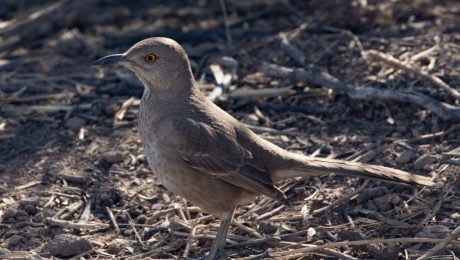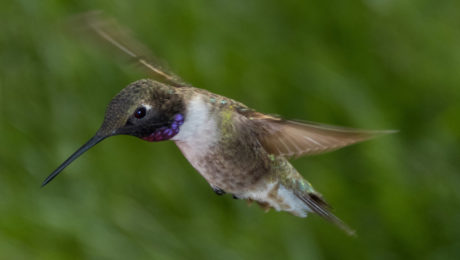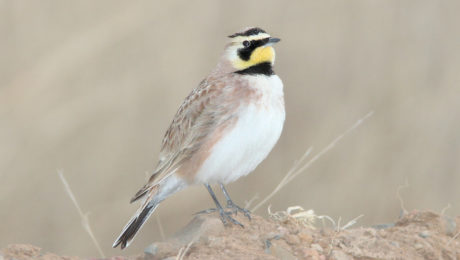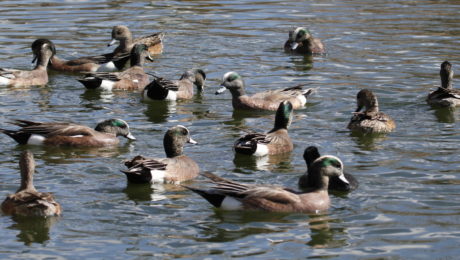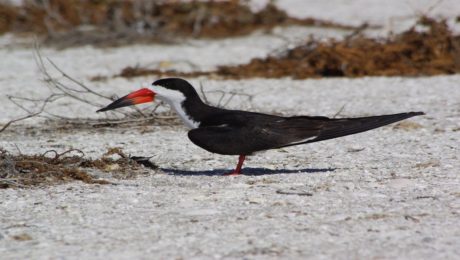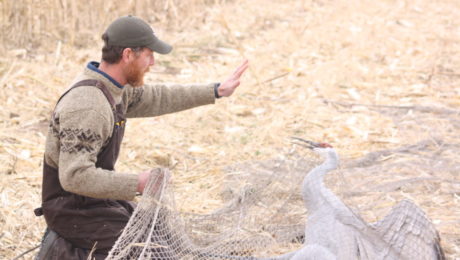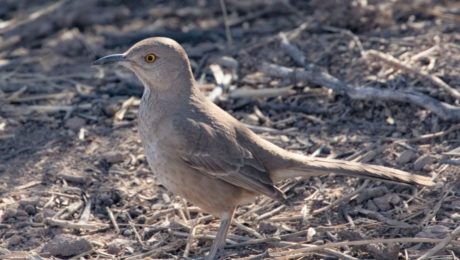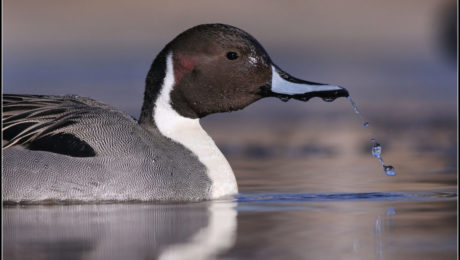Bendire’s Thrasher Pathways Project
Occurring patchily and rarely, the secretive habits and cryptic plumage of the desert dwelling Bendire’s Thrasher make it difficult to detect. Facing steep population declines and a lack of knowledge about its life history, researchers are working together to learn more about their migratory pathways to aid conservation efforts.
- Published in News
Status of the Yellow-billed Cuckoo in Sonora, Mexico
While well studied in the U.S., abundance and distribution data for Yellow-billed Cuckoo in Mexico are lacking. Of particular significance for further study are cuckoo populations in Sonora, whose conservation and management could potentially contribute to the recovery of populations in adjacent Arizona.
- Published in News
The Power of Partnerships
The strength of the SJV comes from bringing together a diverse set of partners from both countries to share our experiences and work towards collaborative conservation actions. Here are some recent highlights that have come out of the SJV partnership.
- Published in News
Hummingbird Response to Change
The Hummingbird Monitoring Network is working to understand hummingbird responses to change in order to provide resources and opportunities for engaging partners in hummingbird and pollination services conservation.
- Published in News
Desert Avicaching: Coordinated Bird Monitoring through Citizen Science
The 2018 pilot season of Desert Avicaching was a success! Check out some of our initial results and lessons learned from the project.
- Published in News
Greater Phoenix Area Waterbird Survey
As one of the fastest-growing metro areas in the country, Phoenix’s newer desert communities frequently entail water features. These artificial water bodies attract numerous species of waterbirds, prompting a need for coordinated monitoring efforts to track their status, population trends, and the potential for urban-wildlife conflict.
- Published in News
Monitoring Migratory Waterbirds in Mexico’s Wetlands
The coastal wetlands of northwestern Mexico are some of the most important habitat for migratory waterbirds that winter in Mexico. With funding support from the Sonoran Joint Venture’s Awards Program, a coordinated monitoring protocol was developed and implemented through a collaborative effort across priority sites to better inform conservation and management decisions.
- Published in News
Movements of Sandhill Cranes
With rapidly growing development of wind energy and its associated infrastructure, future impacts on wildlife are poorly understood. Biologist (and SJV board member!) Dan Collins, along with many partners, are working to better understand the movements of the Western Greater Sandhill Crane to inform agencies and land managers on where to target wintering landscapes for conservation.
- Published in News
Threats to Thrashers of the Desert Southwest
Two of the fastest declining species in desert habitats are Bendire’s Thrashers and LeConte’s Thrashers. Little is known about these species, which limits the effectiveness of conservation and management actions. The Desert Thrasher Working Group is aiming to change that through a multi-state monitoring program.
- Published in News
The “People” Part of Waterfowl and Wetlands Conservation
In September 2017 waterfowl and wetlands biologists and managers, social scientists, and others with an interest in waterfowl conservation gathered in Shepherdstown, West Virginia for the Future of Waterfowl Workshop 2. The goal: plan for the 2018 update to the North American Waterfowl Management Plan (NAWMP). After the release of the 2012 Plan, the NAWMP Committee formed a Human Dimensions Working Group and a Public Engagement Team (SJV Coordinator Jennie Duberstein participates in both and leads a team focused on engaging the birding community). The 2018 plan update will continue to focus on learning how to better engage people in waterfowl and wetland conservation.
- Published in News


 English
English  Español
Español 